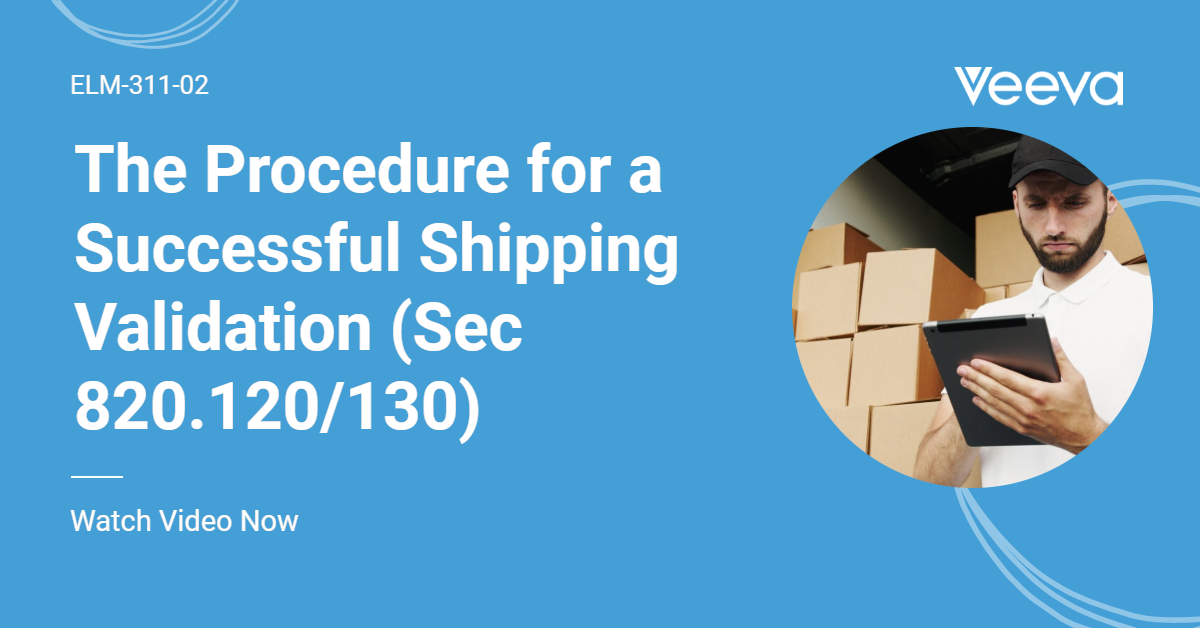The first stage of acceptance is for the verification of incoming materials or purchased product.
This is typically done through a process which might be titled “Incoming Material Inspection” or “Verification of Purchased Product”, which better aligns with the ISO 13485 standard.
In either case each incoming material has a specification which determines the inspection criteria and after a general receiving process of checking the external packaging for gross damage, and also confirming the packing list and purchase order are accurate the material is put into a quarantine location and labelled as quarantined until the inspection can be completed.
The labelling should also contain the following:
- Part Number
- Description
- Storage Requirements
- Quantity
- An Assigned Lot Number (for each new shipment of material and also be specific to each differing manufacturer’s lot of material.)
Incoming Materials – Sec 820.80(b) – An Example
If a shipment arrived of material that was from two different manufacturing lots, each lot should be assigned a lot number in accordance with the receiving organizations incoming lot number assignment process.
In addition, if the same manufacturers’ lot number arrives from two different shipments, each receipt event would be assigned a unique lot number as well.
This allows better traceability for quality investigations where the root cause may be the shipping conditions of a component.
The inspection is typically done by dedicated quality personnel and may involve internal or external testing.
Certificate of Analysis (CoA)
Many materials will come with a Certificate of Analysis (CoA), or a Certificate of Conformance, or Compliance (CoC) and these are typically required as part of the inspection process.
One question that often comes up is, shouldn’t the certificate suffice?
In some cases, it might, but there is an old quality axiom, “trust but verify”, which should be considered when accepting materials on the certificate alone.
In addition, what different organizations consider a CoA or CoC is quite variable and therefore the details required of those certificates should be specified in the product specification.
The decision to accept materials on a certificate alone should be done using a risk analysis for the material being received.
Product Quality
If the material is critical to the product quality, then it would be extremely inadvisable to accept the material on just a certificate from the supplier.
The inspection activities must be documented.
This may be done on a generic inspection form with the specifics derived from the specification for
the component, or the specification may include a specific form which gets completed and attached as documented evidence the inspection was completed.
Once materials are accepted they are labelled as such, which is typically done with a status label which is dated and initialed by the accepting personnel and applied over the initial quarantine status label and moved to inventory locations.





